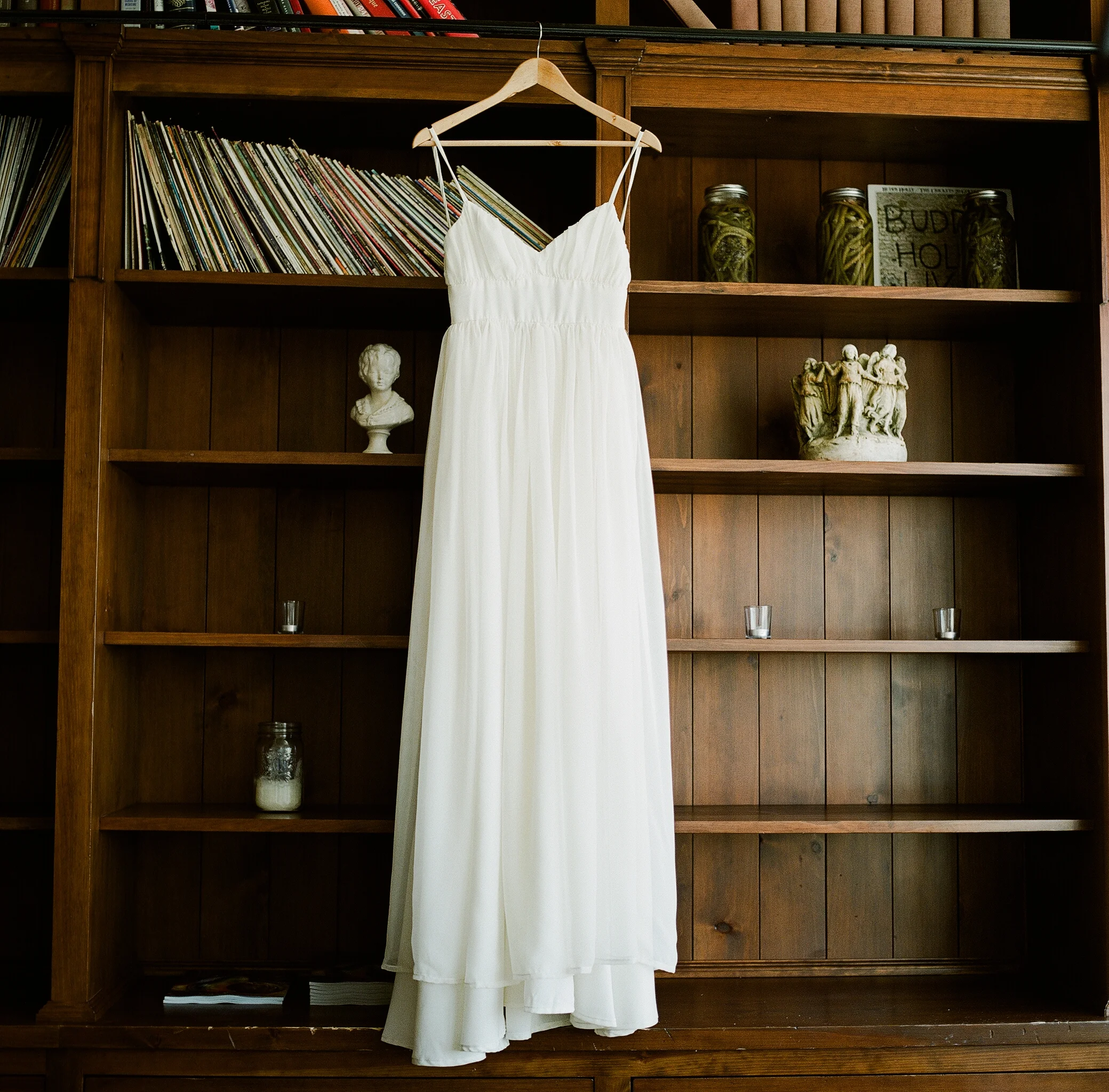Shooting Film: An Introduction
Last year I decided that I was going to begin incorporating some good old fashioned film photography into my professional wedding work. I love everything about film. The colours, the textures, the way film reads light differently from my digital sensor, the thought and time that goes into planning each film shot, I was (and still am) absolutely infatuated with every aspect of being a fine-art wedding photographer. So, in the fall I started getting the ball in motion to move my business in this direction. So far, it hasn't been an entirely easy process, so for the sake of both my own reflection and helping anyone else who is interested in moving towards film, I've decided to write about what I'm learning along the way.
I'm a meticulous planner, organizer, and maker of 'Pro's and Con's' lists. I spent countless hours researching and agonizing over minute details between camera bodies and film stocks, lens coatings and light meters. I finally went out and bought my first medium format film camera, a gorgeously restored old Hasselblad 500CM with a zeiss lens; and 50 rolls of film, fuji 400 colour in 120 format. This used up a significant portion of my savings, so my camera then sat in a heavily padded bag for several months, emerging only to be photographed by my digital camera. Ironically. I was too scared to start shooting with it and risk 'wasting' money on developing rolls that didn't work out.
Eventually, I realized that I would have to start shooting with my new investment in order to actually learn how to use medium format film, so I started researching how to shoot properly. Somehow, in all my hours of camera body research, I had neglected to look up how to actually USE my camera. I found out that colour film can create all kinds of different 'looks' based on how it's shot and processed, so I turned to the pro's at Richard Photo Lab to teach me all about pushing and pulling film, light conditions, and how I can create my own personal film aesthetic through working with them.
To start with, the Richard Photo Lab blog is fantastic and I learned so much just by spending an afternoon scrolling through their posts. I definitely recommend checking out their blog next if you're interested in using film. On top of that, they've been fabulously helpful chatting with me by email about learning to shoot film. They're based in California, so with foreign exchange and shipping it's been a bit pricey to develop my rolls with them, but to work with a lab whose work I consistently like, and who have been endlessly helpful to me as a learning resource, it's been well worth it!
Below are some of my first rolls of 120 film I shot. I created these images at a styled shoot, which was the perfect place to get started. I could work at my own pace without any of the external pressures of a wedding day, but I also HAD to shoot some rolls because the other vendors involved were keen to see it in action. I'm happy with some of the results, and not so happy with others. I still have a lot to learn about using my camera smoothly, and a long way to go to know how my film with react to different light, (to be honest I'm even still learning how to use my light meter properly), BUT I can't wait to shoot my next rolls of film and keep working towards shooting professionally with my Hasselblad (aka learning how to keep track of my dark slide).
xo
C

















